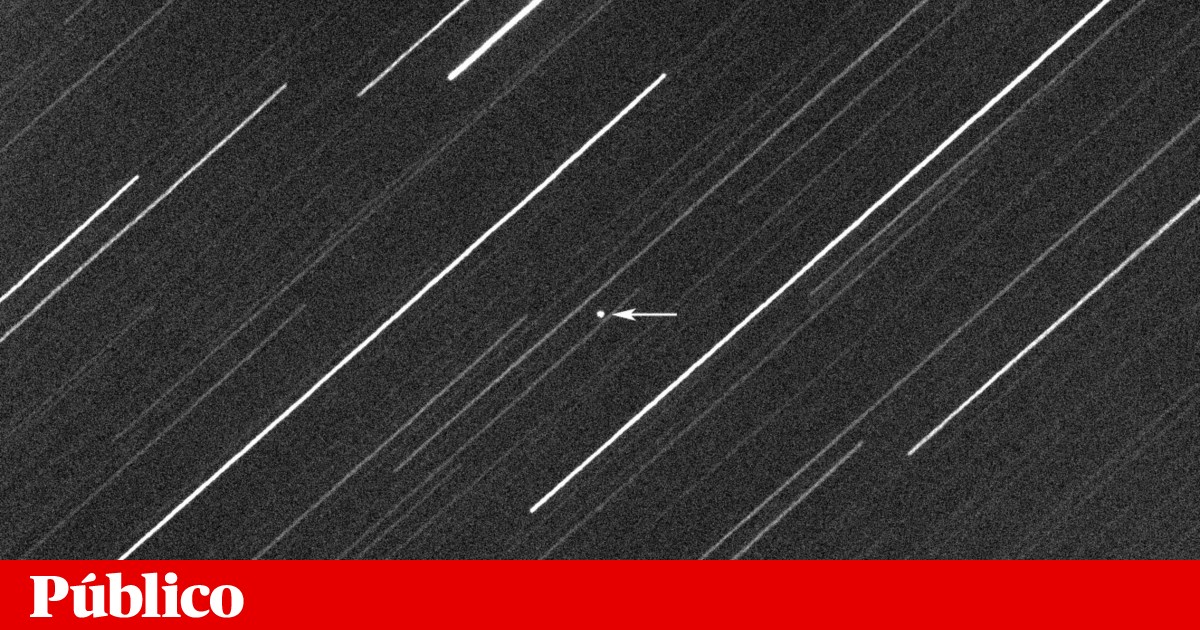It appears to us as a simple dot of light. This is how the asteroid appears in the photographs that in the early hours of this Friday, shortly after midnight, made a pass extremely close to the Earth. Astronomers never considered that this cosmic rock, from three to three to eight meters in diameter, was a danger to us.
One of the photographs, taken by Italian astronomer Gianluca Masi, was shared in the Virtual Telescope Project, a site which disseminates astronomical observations from various telescopes around the world. We then see the asteroid at 22:40 (mainland Portugal) on Thursday, a few hours before the moment of closest approach to earthwhich happened already after midnight, when it was about 3500 kilometers from us.
At 22:40, the asteroid 2023 BU was 37 thousand kilometers from Earth. When he made the low pass to our planet, in which he was only about 3500 kilometers away, the distance he was from us was the equivalent of that which goes from Lisbon to almost Moscow.
In another of the images shared by Gianluca Masi – who is responsible for the Virtual Telescope Project, whose objective is to allow everyone in any part of the globe to appreciate the wonders of the cosmos –, the speck of light is even more tenuous, since in that height the asteroid was farthest from Earth. That record is from January 24, at 19:48.
The asteroid 2023 BU recorded at 7:48 pm on January 24
Gianluca Masi/Virtual Telescope
In addition to the photographs by Gianluca Masi, captured in a telescope in the Italian commune of Ceccano, we can see graphs that clearly show how close the asteroid passed to our planet. It was well below the orbit of the geostationary satellites, located at an altitude of around 35,000 kilometers.
The 2023 was detected not even a week ago. the amateur astronomer Gennady Borisov, which has an observatory in Crimea, located it last Saturday, January 21st. Other observations followed, including programs that monitor this type of object to assess the risk of collision with Earth. 2023 BU is part of the asteroid belt that runs between Mars and Jupiter, in particular a class of bodies that cross Earth’s orbit.
Soon a NASA system that assesses these risks (the Scout), maintained by the Center for Near Object Studies at the Jet Propulsion Laboratory (JPL), ruled out the collision hypothesis.
“Despite the few observations, it was possible to predict that the asteroid would make an extraordinarily close approach to Earth,” said Davide Farnocchia, a navigation engineer at JPL who developed the Scout system. “In fact, this is one of the closest passes of a known Near-Earth Object”, stressed the researcher, quoted in the site do JPL.
Illustration of asteroid 2023 BU approaching Earth published in site and NASA
NASA/JPL/Caltech

